MAP 1st Grade Practice Test, Worksheets & Expert Prep - Boost Your Scores in Math & Reading
Every hour of practice brings your child closer to success.

Hey there! Do you have a question about the test or our practice package? Email me at roman@staggingapps.website. I'm here to help your child succeed!
Free MAP 1st Grade Practice Test (Math & Reading)
Explore the sample questions below, designed to give your child a glimpse of the types of questions they may encounter on the test. These examples are part of our comprehensive practice package.
The MAP 1st Grade Test includes two main sections: Math and Reading. Further details about each section are provided later on this page.
Because most young children are still developing their reading skills, all questions in both the official test and our practice materials are accompanied by audio recordings.
The MAP Test is an adaptive assessment, meaning its difficulty adjusts based on your child’s performance.
When your child answers a question correctly, the following question will become more challenging. Conversely, if they answer incorrectly, the next question will be easier.
The difficulty levels generally fall into three categories: below grade level, at grade level, and above grade level.
The practice questions provided below are organized in a similar way, helping you understand these levels better.
NWEA MAP 1st Grade Math Practice Questions
Below-Grade-Level Sample Questions
If your child answers a few questions incorrectly, the next question they will receive will be below grade level. Here’s an example of such a question:
Which 3D shape is most similar to the following object?

A. Cube
B. Cuboid
C. Cylinder
D. Cone
Show Answer
Correct Answer: Cylinder
The most similar 3-D shape is a cylinder. This shape closely resembles the described object.
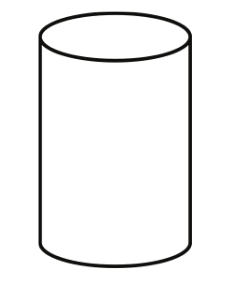
Cube and cuboid have straight sides, and a cone looks like an ice cream cone.
At-Grade-Level Sample Questions
If your child answers a below-grade-level question correctly, the next question will be slightly harder – at grade level. Here’s an example:
Find the perimeter of the shape below.
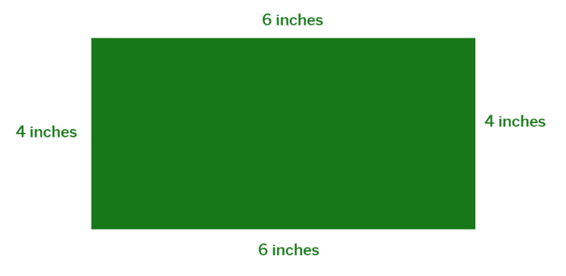
A) 10 inches
B) 20 inches
C) 24 inches
D) 40 inches
Welcome to your go-to practice resource for the 2025 NWEA MAP 1st Grade Test!
To boost your child’s scores, help them excel academically, and secure their spots in desired programs, we have designed an effective preparation process that has helped countless students succeed:
- Start with a Free Practice Test: Get a feel for the exam and identify weaker areas with our free MAP First Grade practice test below.
- Download Fun Worksheets: Practice and improve the subjects appearing on the test with fun and engaging worksheets.
- Ready for More? Unlock the complete practice package with 16 practice tests and over 350 questions designed to enhance your child’s performance.
Let’s work together to ensure your child excels on the test!
Show Answer
Answer: B
The perimeter is the distance around the outside of a shape. It’s like walking around the edge of a rectangle.
A rectangle has four sides—two long sides and two short sides. To find the perimeter, we add the lengths of all four sides.
Find the length of the two long sides. The longer sides measure 6 inches each.
Find the length of the two short sides. The shorter sides measure 4 inches each.
To find the perimeter, we add together the length of the long sides and the short sides:
6 + 6 + 4 + 4
12 + 8 = 20
So, the perimeter of the rectangle is 20 inches.
Above-Grade-Level Sample Questions
These questions are more challenging for children in 1st grade and are taken from the pool of questions for second grade and above.
Here’s an example:
Liam rented a bicycle for 5 days. The bicycle rental shop charges $8 per day. How much did Liam spend on renting the bicycle?
A) $13
B) $40
C) $26
D) $45
Show Answer
Answer: B
To solve this, multiply the number of days (5 days) by the cost per day ($8).
5 × 8 = 40
So, Liam spent $40 to rent the bicycle.
Does your child find math challenging? Don’t worry—many kids experience the same at this stage.
Encourage your child with small daily practices—they’ll build confidence as they improve.
Every bit of practice counts, and with time, your child will build strong math skills.
Looking for ways to support your child’s math skills? Get our practice package with over 175 Math practice questions designed just for them.
Boost Your Child's MAP Test Scores
Help your child prepare with a complete practice package designed to maximize their performance on the MAP 1st Grade test
The Most Comprehensive Practice Available
Fun & Engaging Learning Designed for Kids
Created by Teachers & MAP Test Experts
NWEA MAP 1st Grade Reading Practice Questions
Below-Grade-Level Sample Questions
How many syllables are in the word “banana”?

A. 1
B. 2
C. 3
D. 4
Show Answer
Correct Answer: C. 3
The word “banana” has three syllables: “ba-na-na.” Each syllable is like a beat in the word, and you can clap along as you say it. Breaking words into syllables makes them easier to read and spell because you can handle one part at a time.
At-Grade-Level Sample Questions
Why did the author write this story?
Lamar wanted to play outside, but it was raining. He decided to build a fort in his living room instead. He used blankets and pillows and had just as much fun as he would have outside.

A. To teach us how to make a fort.
B. To tell us how to play outside.
C. To show us how to have fun indoors.
D. To explain how rain works.
Show Answer
Correct Answer: C. To show us how to have fun indoors
The author wrote this story to show how Lamar found a way to have fun indoors, even though he couldn’t play outside because of the rain.
Understanding the author’s purpose helps you understand the message or lesson in a story.
Above-Grade-Level Sample Questions
Which sentence uses the correct past tense?
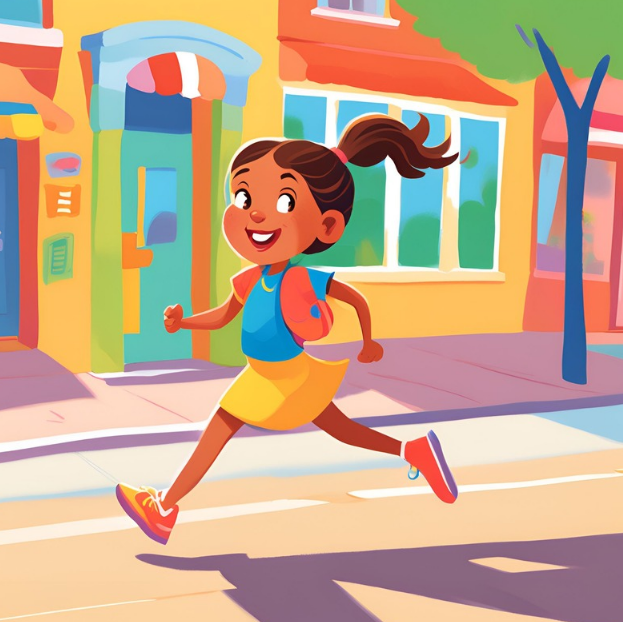
A. She runned to the store.
B. She runs to the store.
C. She ran to the store.
D. She is running to the store.
Show Answer
Correct Answer: C. She ran to the store.
The correct past tense of “run” is “ran,” so the sentence “She ran to the store” is correct. Understanding irregular verbs and their past tense forms is important for proper grammar in writing and speaking.
Maximize Your Child’s Scores with the Complete MAP Practice Package
As a parent, you want your child to feel prepared and confident for the MAP 1st grade test.
We know how important it is to support your child during this significant milestone. While tests can be daunting, they also offer growth opportunities. We’re here to make the process smoother and more effective.
Imagine your child walking into the test room, ready to give their best, equipped with the skills and practice to succeed.
Our practice package was carefully designed to make that a reality. Here’s what you’ll find inside:
- Comprehensive Practice: Over 350 interactive audio and written questions across 4 full-length practice tests and 12 quizzes, mirroring the actual MAP test format.
- Personalized Learning: Quizzes tailored to your child’s skill level, providing gentle challenges to encourage growth.
- Clear Explanations: Detailed, child-friendly explanations for every question, turning mistakes into learning opportunities.
- Engaging Activities: 25 printable worksheets to reinforce key skills and make practice enjoyable (exclusive to this site!).
- Trackable Progress: Score reports to monitor your child’s strengths and areas for improvement.
- Expert-Crafted: Developed by math and English Language Arts educators, aligning with MAP test topics and Common Core State Standards.
With consistent practice, your child will approach test day feeling calm and ready to showcase their knowledge.
And because we want you to feel confident in your choice, we back this package with our 100% Satisfaction Guarantee.
Start today and equip your child with the tools they need to thrive and excel!
See What's Included:
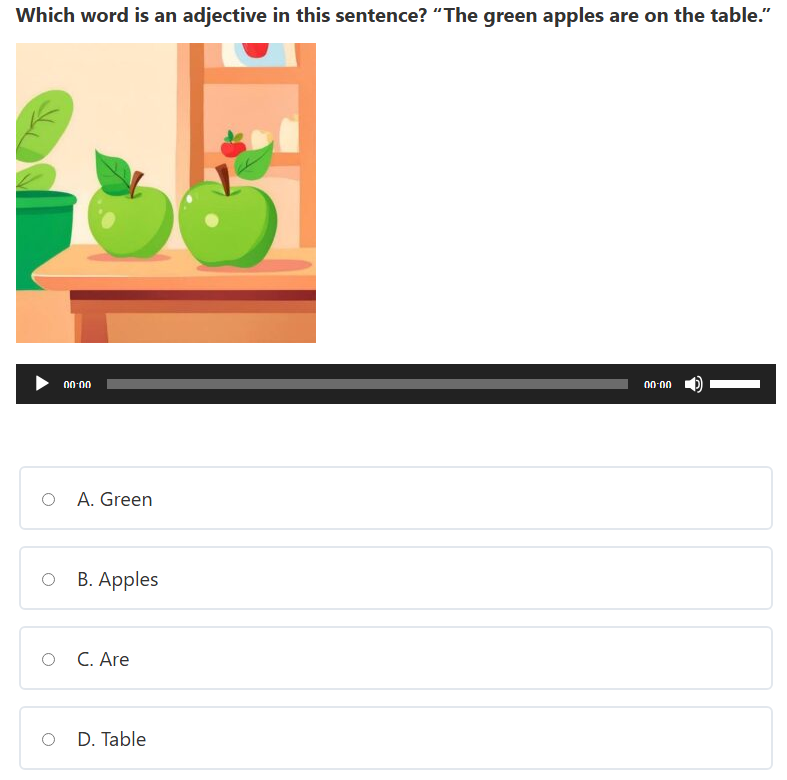
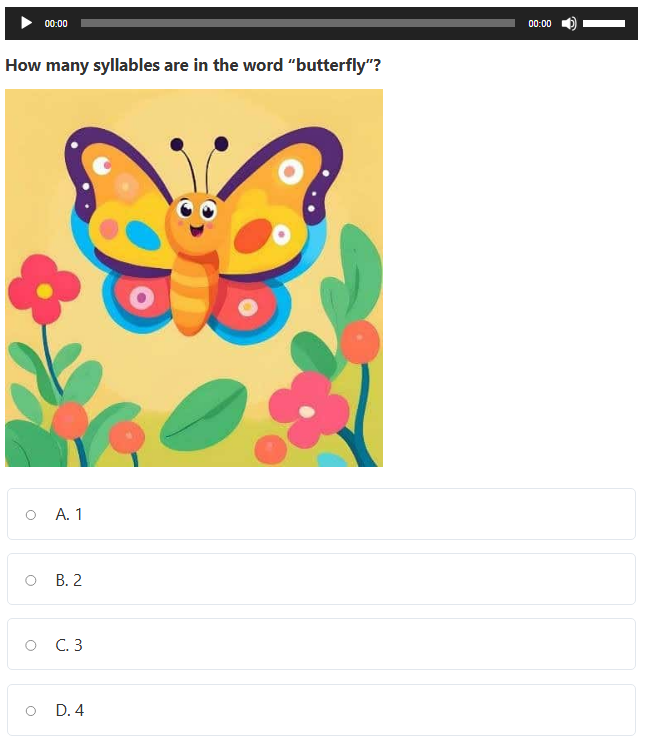
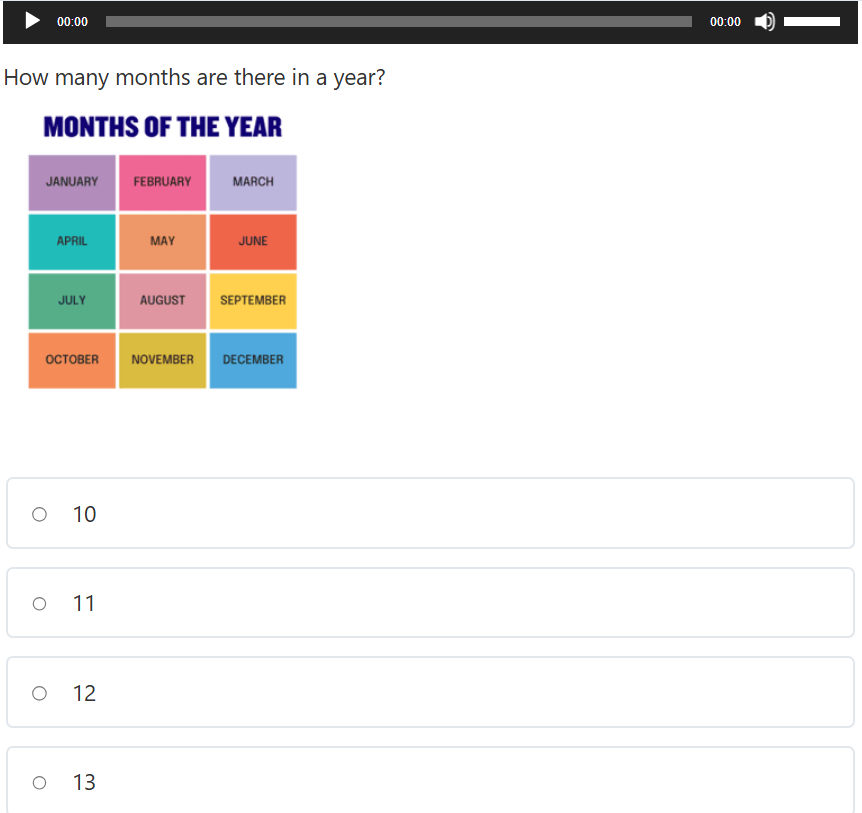
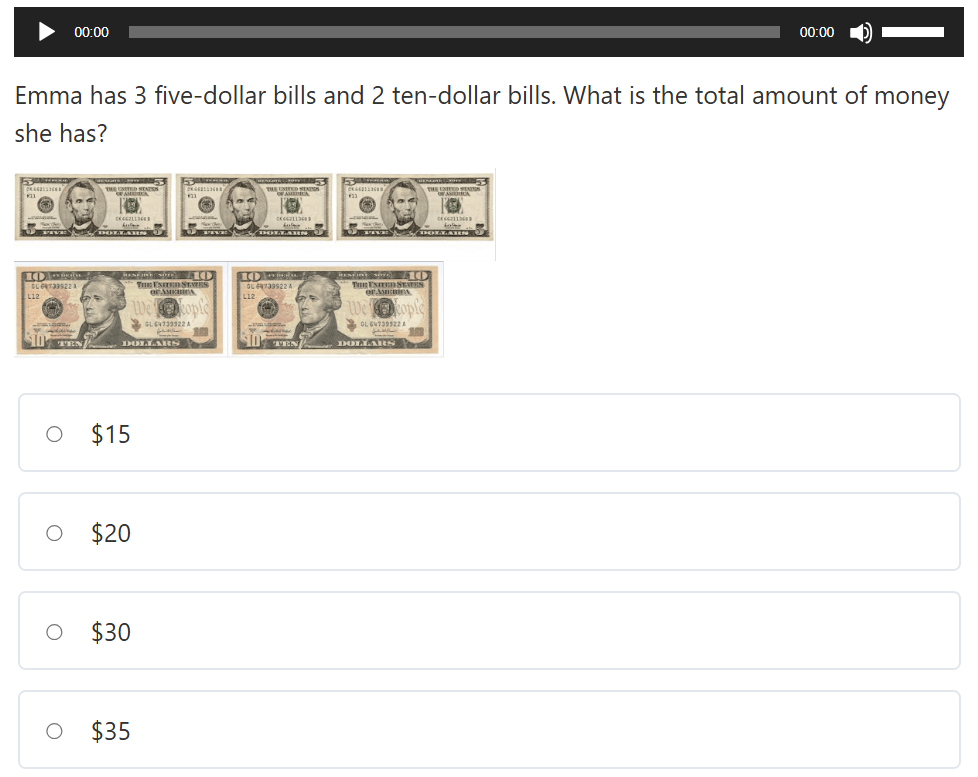
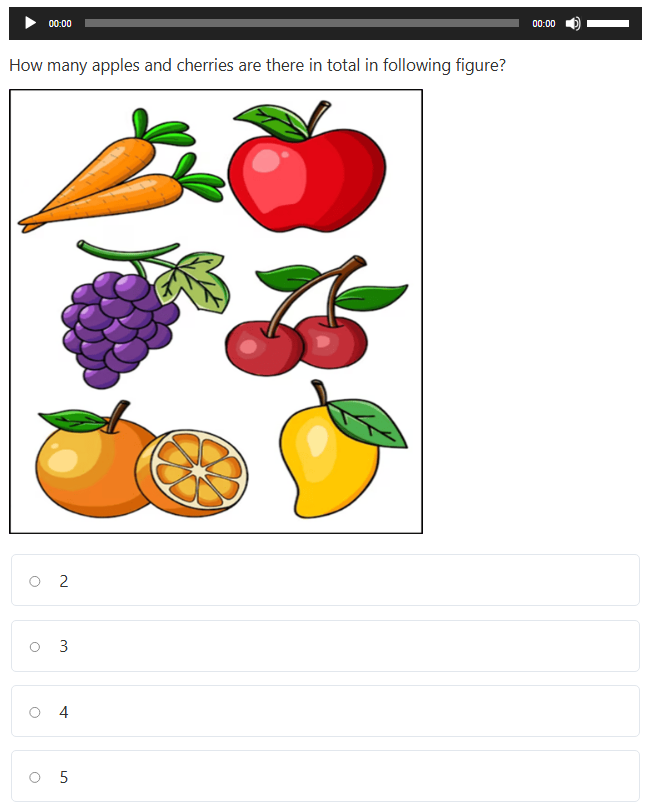
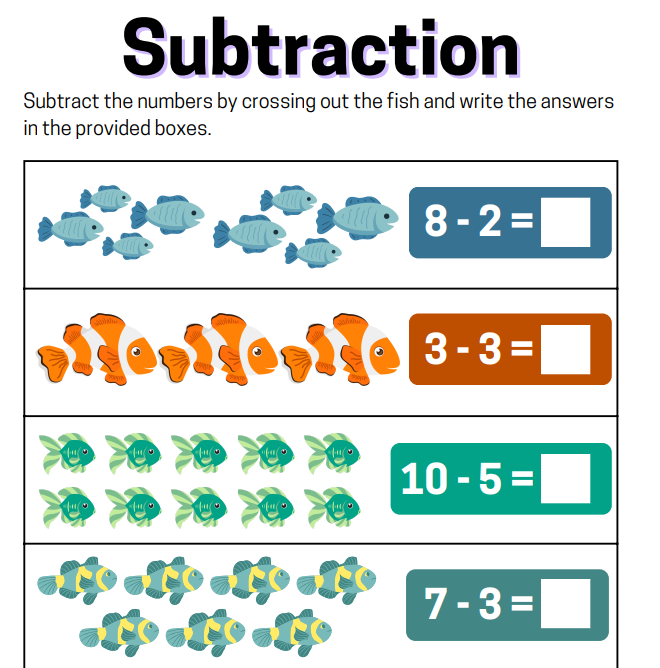
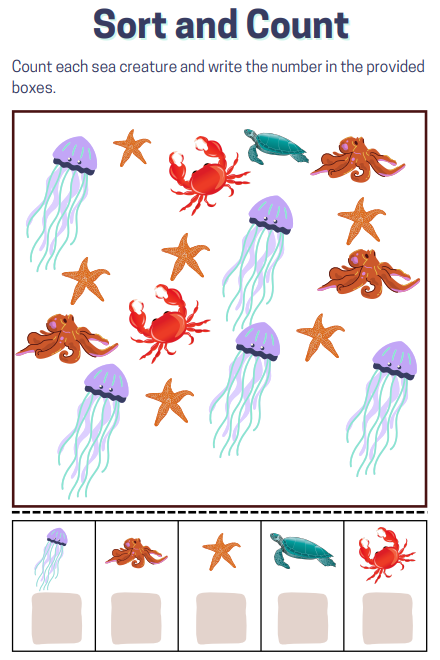
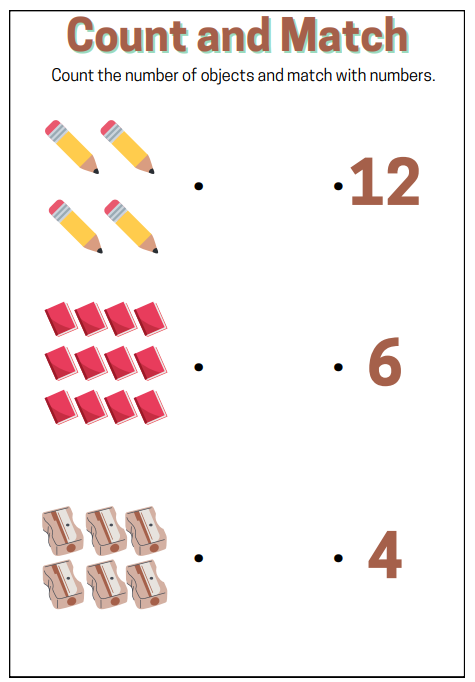
Course Content
One-time Payment & 6-Month Unlimited Access
Free NWEA 1st Grade Practice Worksheets (Download & Print)
The worksheets below are designed to align with Common Core State Standards and NWEA MAP test topics. Whether you’re a parent or a teacher, these resources offer a fun and effective way to support your child’s academic growth.
Want more? Our complete practice package includes additional worksheets to provide a comprehensive resource for skill-building and test preparation!
Overview of the MAP 1st Grade Math Section
The MAP Math test for first grade assesses foundational math skills in an engaging and adaptive format. It focuses on key areas that help students build a strong mathematical foundation.Topics in the MAP Math First Grade Test
Below is a table summarizing the topics, what’s included in each, and a quick example to illustrate:| Topic | What’s Included | Quick Example |
| Number and Operations in Base Ten | Place value, rounding, addition, and subtraction within 100 |
“Round 47 to the nearest ten.”
|
| Operations and Algebraic Thinking | Addition and subtraction within 20, word problems involving addition and subtraction, understanding the equal sign |
“If you have 12 marbles and give 5 to a friend, how many marbles do you have left? Write an equation to represent the problem.”
|
| Measurement and Data | Telling time, measuring length, creating and interpreting data |
“What time is it when the big hand is on the 12 and the little hand is on the 3?”
|
| Geometry | Identifying and describing shapes, partitioning shapes into equal parts |
“Which shape has 4 sides and 4 corners?”
|
Overview of the MAP 1st Grade Reading Section
The MAP Reading test for 1st grade evaluates foundational literacy skills to support early reading development. The test adapts to each child’s ability, assessing a variety of skills to ensure a comprehensive evaluation of their reading readiness.Topics in the MAP Reading First Grade Test
Below is a table summarizing the topics, what’s included in each, and a quick example to illustrate:| Topic | What’s Included | Quick Example |
| Phonological Awareness | Blending sounds to form words, segmenting words into sounds, identifying rhyming words |
“Which word can be made from the sounds /c/ /a/ /t/?”
|
| Phonics | Consonant blends, digraphs, vowel sounds |
“Which word starts with the ‘sh’ sound?”
|
| Fluency | Reading smoothly and accurately |
A passage is provided. “Which word best describes the tone of the passage?”
|
| Vocabulary | Understanding word meanings, using context clues |
“What does the word ‘gigantic’ mean?”
|
| Comprehension | Making inferences, retelling stories, answering questions about text |
“Why did the character feel sad?”
|
Understand the MAP 1st Grade Scores
Understanding your first grader’s MAP Test scores can provide valuable insights into their academic progress.
The MAP Growth assessment uses the RIT (Rasch Unit) scale to measure student academic progress.
This scale provides a consistent way to track growth across grade levels.
By comparing a student’s RIT score to national norms, you can gauge their performance relative to peers.
Understanding RIT Scores:
RIT Score: A numerical value representing a student’s ability level.
Percentile Rank: Shows the percentage of students who scored below a specific RIT score.
Typical RIT Score Ranges for 1st Grade:
The following table provides a general overview of RIT score ranges for 1st-grade students during different testing periods. Keep in mind that these are national averages and individual performance may vary.
| Fall | ||
| Percentile | Math | Reading |
| 1 – 9 | 131-143 | 126-139 |
| 10 – 19 | 144-149 | 140-145 |
| 20 – 29 | 150-153 | 145-149 |
| 30 – 39 | 154-157 | 149-152 |
| 40 – 49 | 157-160 | 153-156 |
| 50 – 59 | 160-163 | 156-159 |
| 60 – 69 | 163-166 | 159-162 |
| 70 – 79 | 167-170 | 163-166 |
| 80 – 89 | 171-175 | 167-171 |
| 90 – 99 | 176-189 | 172-185 |
| Winter | ||
| Percentile | Math | Reading |
| 1 – 9 | 141-153 | 135-148 |
| 10 – 19 | 154-159 | 149-154 |
| 20 – 29 | 160-163 | 155-159 |
| 30 – 39 | 164-167 | 159-162 |
| 40 – 49 | 167-170 | 159-162 |
| 50 – 59 | 170-173 | 159-162 |
| 60 – 69 | 173-176 | 169-172 |
| 70 – 79 | 177-180 | 173-176 |
| Spring | ||
| Percentile | Math | Reading |
| 1 – 9 | 146-159 | 138-152 |
| 10 – 19 | 160-165 | 153-159 |
| 20 – 29 | 165-169 | 159-164 |
| 30 – 39 | 169-173 | 164-167 |
| 40 – 49 | 173-176 | 168-171 |
| 50 – 59 | 176-179 | 171-175 |
| 60 – 69 | 180-183 | 175-178 |
| 70 – 79 | 183-187 | 179-183 |
| 80 – 89 | 187-193 | 183-189 |
| 90 – 99 | 193-207 | 190-204 |
Source: NWEA MAP Scores by Grade Level – Chart for Fall, Winter, and Spring
How to Use This Information:
- Track Progress: Compare your child’s RIT scores across testing terms to see how they’ve grown over time.
- Identify Strengths and Weaknesses: Analyze the scores to determine areas where your child excels and areas that may need additional support.
- Set Realistic Goals: Work with your child’s teacher to establish achievable academic goals based on their current performance level.
Help Your Child Succeed on the MAP 1st Grade Test
Your child deserves the best preparation to feel confident and perform their best on the MAP test. That’s why we’ve created the most thorough practice package tailored specifically to meet their needs.
Comprehensive Practice
Access over 350 practice questions and 25 engaging worksheets.
Skill-Focused Quizzes
Strengthen math and reading abilities through targeted exercises.
Enjoyable Learning
Use expert-designed materials that make learning both effective and fun.
One-time Payment & 6-Month Access
100% Satisfaction Guarantee

